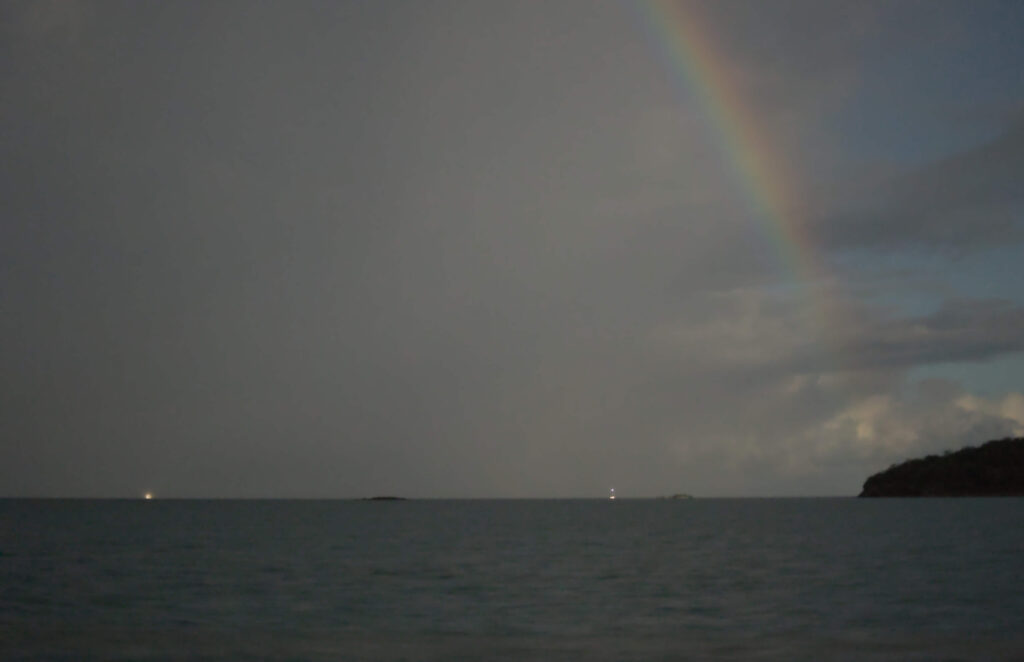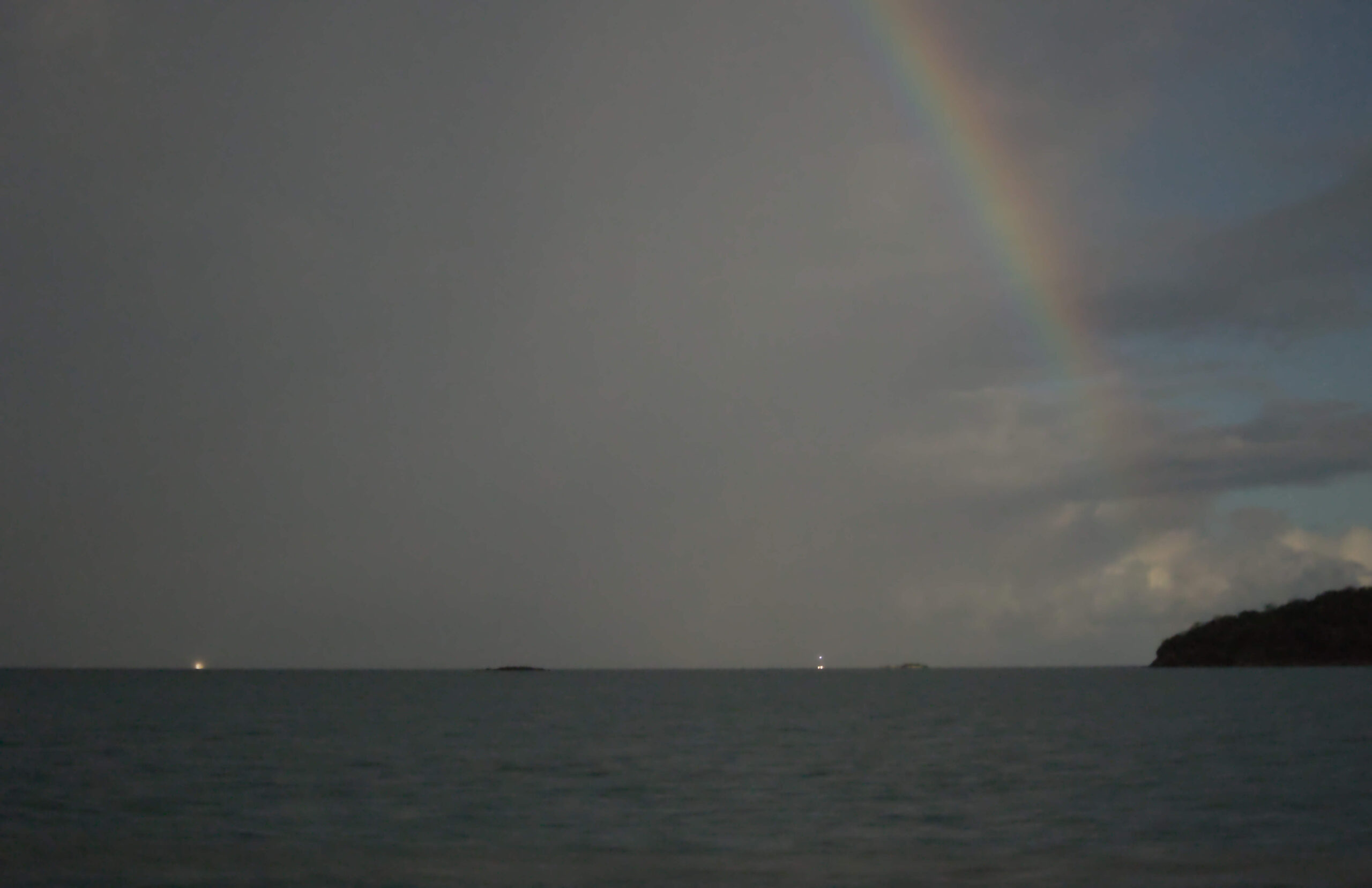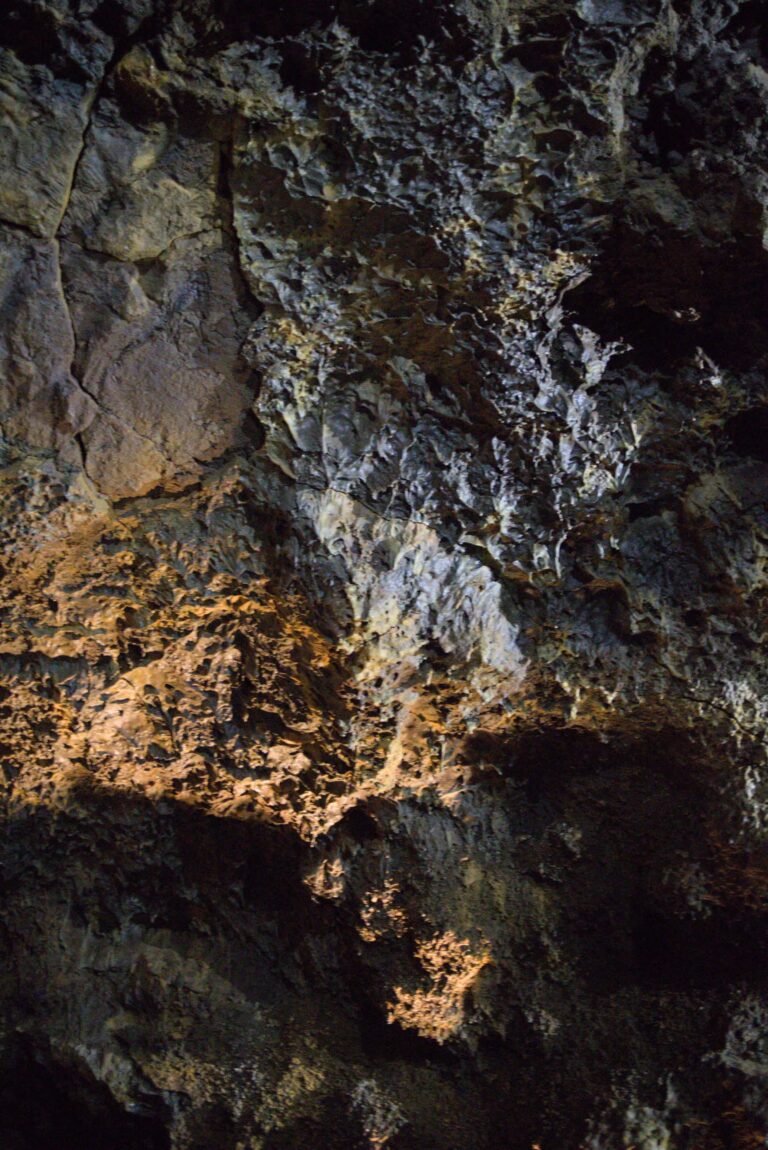Moonbow

At first, it looked like a faint wisp of cloud stretched across the dark sky. But something about the arc’s pale glow felt unusual. I reached for my camera, adjusted the settings for a long exposure, and there it was: a moonbow.
Unlike its vibrant, sunlit cousin, a moonbow, or lunar rainbow, is a rare meteorological marvel produced when moonlight refracts through water droplets in the atmosphere. Most often seen near waterfalls or in areas of heavy nighttime humidity, moonbows require nearly perfect conditions: a bright, nearly full moon, minimal light pollution, and moisture in the air. Quite a few coastal areas in South Africa can be ideal for this.
Moonbows are usually too dim to reveal color to the naked eye, appearing instead as ghostly white arcs. But with long-exposure photography, the camera sensor captures what the human eye cannot, faint bands of red, yellow, green, and blue shimmering softly across the night.
Historically, moonbows have captured imaginations from Hawaii’s volcanic coasts to the misty spray of Victoria Falls in Africa. They were even recorded by Aristotle and described in early 17th-century scientific treatises. But despite their long history, they remain elusive; many people will never see one in their lifetime.
The appearance of a moonbow reminds us that the night sky still holds secrets, ones that demand both patience and a bit of curiosity to uncover. What first seemed like a trick of light turned out to be a glimpse of nature at its most subtle, and most sublime.


